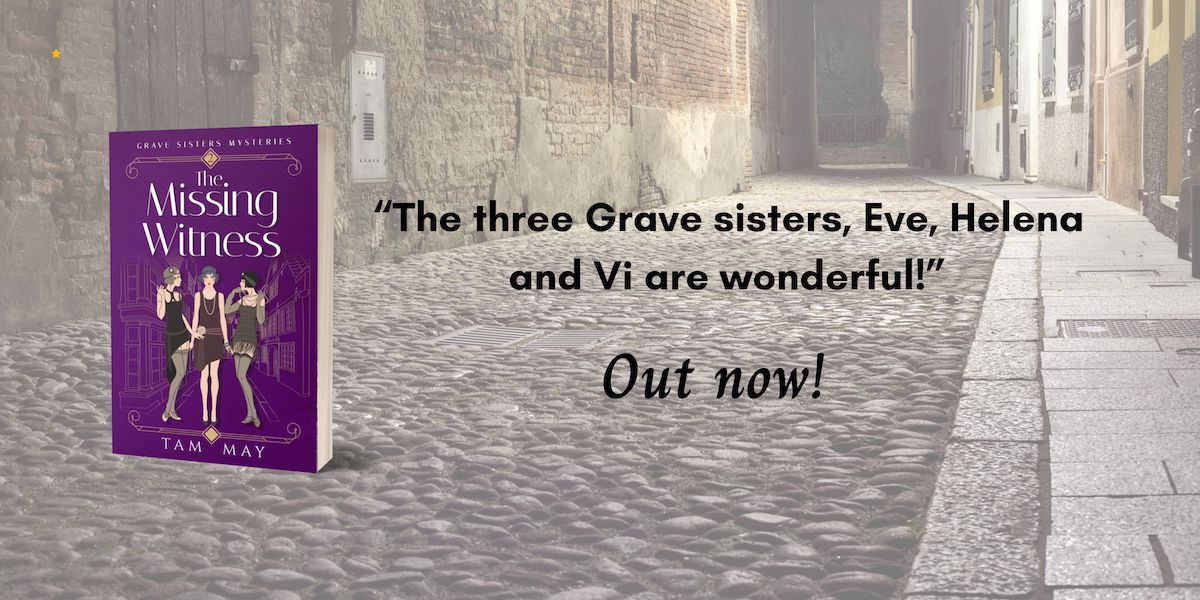Today is Mother’s Day in the United States so many of us are honoring our mothers with flowers, brunch, and blessings to what humorist Erma Bombeck called “the second oldest profession” (we won’t talk about what the first oldest profession is…)
Where did this holiday come from? It began in 1908 when Anna Jarvis, Progressive Era activist, decided to pay tribute to her mother. She also, incidentally, started the tradition of giving flowers on this day by sending five hundred white carnations to the church in her hometown in Pennsylvania as part of the tribute.

Photo Credit: Anna Jarvis, founder of Mother’s Day in America. Probably taken around the turn of the century, judging by the hairstyle and clothes, but no additional information about the image. Uploaded 4 May 2017 by Jonas Duyvejonck: jonasduyvejonck/Flickr/CC BY 2.0
Although Jarvis is credited as the godmother of Mother’s Day in the United States, she was not the first to come up with the idea. That honor goes to Jarvis’ own mother Ann Maria Jarvis. From all accounts, Ann Maria was the prototype Victorian woman, devoted to children and church. At the same time, she was also an activist but, unlike the suffragists, she kept to her side of the separate spheres. Her work was confined to areas acceptable to women at that time (home and church). Her activism was nonetheless important, as she formed Mothers’ Day club events where the goal was to educate mothers on proper hygiene to prevent massive infant death rates prevalent in the nineteenth century.
It’s interesting to note Ann Maria conceived of Mother’s Day quite differently than her daughter. To Ann Maria, maternal responsibility was very much linked to community service, and her idea was to celebrate the role of motherhood in society and family. Her daughter, on the other hand, wanted to make this day about honoring one’s own mother. So while the mother saw Mother’s Day as a collective tribute to mothers, the daughter personalized it. Hence, we call it Mother’s Day and not Mothers’ Day.
The fight to get Mother’s Day declared a national holiday came during the first decade of the twentieth century when many women were advocating taking their lives outside the private sphere and fighting in social and political arenas for their rights and identities as individuals.
It might seem a little odd that Jarvis would, at this time in history, lead a movement honoring women’s most traditional role inside the home, especially considering that Jarvis was one of these New Women https://tammayauthor.com/uncategorized/the-progressive-eras-new-woman who held a career as an advertising editor and earned a college degree. But suffragism was also about making women visible and respected for their own merits and contributions to society. Mothers fit right into this category (since you have to be a woman to be a mother, right?)
In May of 1914, only a few months before the outbreak of World War I, President Woodrow Wilson signed the proclamation to make Mother’s Day a national holiday. By the 1920s, Mother’s Day, like most American holidays, had become a target for consumerism, specifically florists and candy makers. Jarvis was disillusioned by this toward the end of her life and spent much of her later years trying to gain the recognition she deserved. One of the beautiful things about history is that, while innovators may not be appreciated during their own lifetime, we can look back and give them the kudos they deserve decades, even centuries, later.
Mothers play a huge role in my historical fiction series set during the Gilded Age. The Waxwood Series is about Vivian, a Nob Hill society debutante who unravels the secrets and lies of her family’s past to find her own journey of maturity and her place in the world. Much of this involves her relationship with her mother Larissa. Larissa is a complex character as a mother and a woman and the series also takes Vivian and Larissa through the evolution of their relationship over the last decade of the 19th century.
You can find out more about this series and all the books on this page https://tammayauthor.com/other-works. Book 1 of the series, The Specter for free on all book vendors and for a very limited time, Book 3 of the series, Pathfinding Women, is available at a discount price.
If you love fun, engaging mysteries set in the past, you’ll enjoy The Missing Ruby Necklace! It’s available exclusively to newsletter subscribers here. By signing up, you’ll also get news about upcoming releases, fun facts about women’s history, classic true-crime tidbits, and more!


Thank you for this interesting post, Tam. My mother passed away two years ago at 95. She, too, was complicated and not the type of mother that you would want tucking you into bed. Well said and an apt description of the character, Larissa.
Thank you, Megan, for the beautiful comment!
Tam